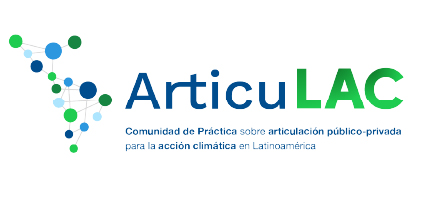







Link between energy and decarbonization
of transportation: roles of public and private stakeholders
CONCLUSIONS FOR THE FORMULATION OF PUBLIC POLICIES AND PRIVATE STRATEGIES
Strengthening the nexus between transport decarbonization and the energy sector is key to meeting the commitments of the Paris Agreement and countries' Sustainable Development Goals. Unfortunately, this is not always recognized in the definition of public policies and private strategies.
To achieve the decarbonization of transportation, articulated strategic planning between the two sectors is required. The map of elements and interconnections highlights the nexus points that should be emphasized to enable the transition to low- and zero-emission mobility. As this is such a complex and multi-sectoral field of action, Having joint, continuous and clear strategies between the energy and transportation sectors will make it possible to plan and focus actions, boosting incremental and cascading implementation processes.. In turn, strengthening and guiding actions to migrate towards more efficient technologies and cleaner energy sources will result in the decarbonization of transportation.
It is essential to distinguishing the needs and interests of each stakeholderThe roles assumed by private, public and third sector actors vary according to what is being worked on. The needs of one group can be satisfied with the contributions of others, thus demonstrating the importance and necessity of working together to promote multisectoral and multi-sectoral instances that lead to their articulation.
The articulation between both sectors must be based on a multisectoral dialogue that includes all levels of action. Public actors must generate a clear and continuous public policy framework with adequate regulations and norms, which will allow aligning private strategies with the goals, reducing inequalities in access to sustainable transportation and clean energy.
The formulation of public policies must include private and third sector actors. In this sense, private actors should be involved by presenting their business vision and their perspective on existing needs and barriers. In turn, defining their strategies-delimiting clear and concise objectives, in a way that maintains their competitiveness, but strengthens the environment-will increase the impact of their actions, achieving more efficient and effective transformation processes.
